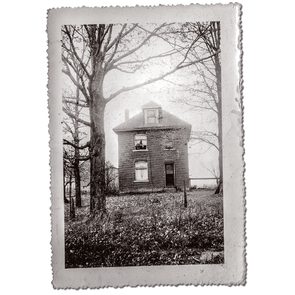Irish Roots Run Deep in Miramichi, New Brunswick
A tragic past is memorialized at Middle Island Irish Historical Park.
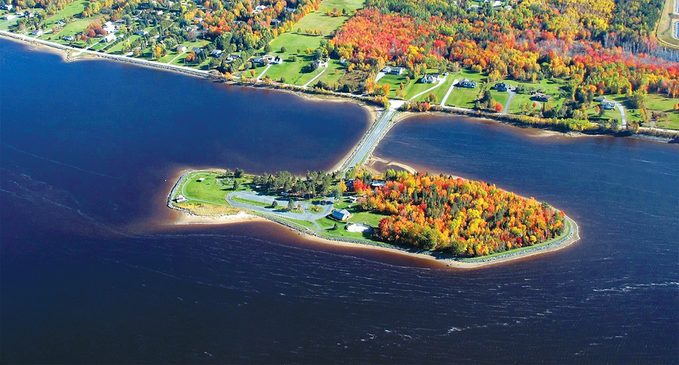
Welcome to Miramichi, New Brunswick
Miramichi is the largest city in northern New Brunswick and sits at the mouth of the Miramichi River, which runs through the Miramichi Valley, the second longest in the province. With a population of almost 18,000 people, Miramichi is known for its friendliness and hospitality. While walking here, you may be greeted with a smile and the ever-popular saying, “How’s she going?” to which the local response would be, “The very best!”
Miramichi is home to many people of Irish descent. Family names like Doyle, Lynch, Rogers, McCarthy and, yes, Sweeney, are sprinkled in and around our lovely city, which also embraces the community of Chatham and Middle Island. Situated about two kilometres east of Miriamichi, the small island is now the site of Middle Island Irish Historical Park, which memorializes the tragic past surrounding the arrival of Irish immigrants to the region in the mid 1800s.
In 1847, many people emigrated from Ireland in desperation because of the “Potato Famine” of 1845 to 1849. Ships were overcrowded with passengers hoping to find the strength and courage needed to build a better life for themselves and their families across the ocean in Canada.
Misfortune overtook many vessels as passengers became ill with typhus and scarlet fever. One ill-fated ship was The Looshtauk, which was built in 1845 in St. John County, New Brunswick. In 1847, she set sail from Quebec to cross the ocean and pick up a full load of passengers fleeing the potato famine and return with them to Quebec.
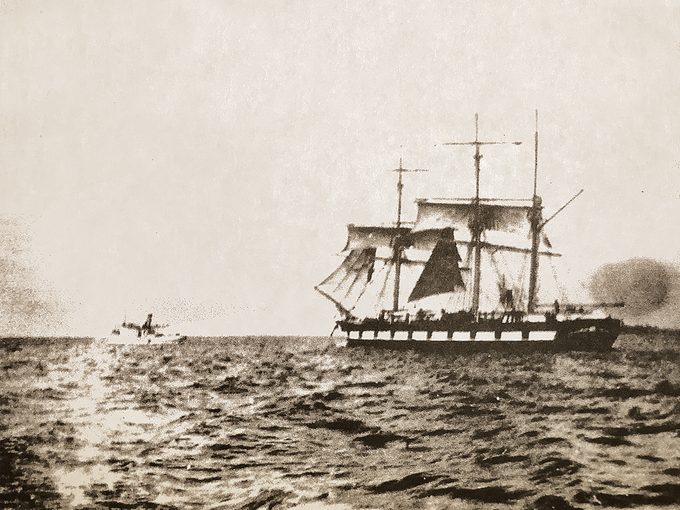
An Ill-Fated Voyage
Unfortunately, the return crossing did not go as anticipated. Safe passage on the vessel was not meant to be, as passengers became violently ill. As a result of the turmoil on board, a decision was made to dock in Miramichi at a small island by the name of Middle Island. Upon arrival, it was found that conditions weren’t good, the situation was dire and the ability to provide medical attention was very limited.
Middle Island was put to use as a hospital and quarantine station for the unfortunate immigrants. A young doctor by the name of John Vondy decided to close his practice in nearby Chatham and devote his time and knowledge to caring for the sick and dying on the desolate island. Sadly, Dr. Vondy succumbed to the same disease that plagued those in quarantine and died not long afterwards. Records show that out of the 462 desperate souls who began the journey aboard the Looshtauk, 146 perished on board the ship. After having reached Middle Island, unfortunately due to lack of medical personnel and care, 96 more lost their lives to disease. Among the survivors, 23 Irish immigrants sailed to Quebec and the remaining 167 people settled in nearby Chatham.
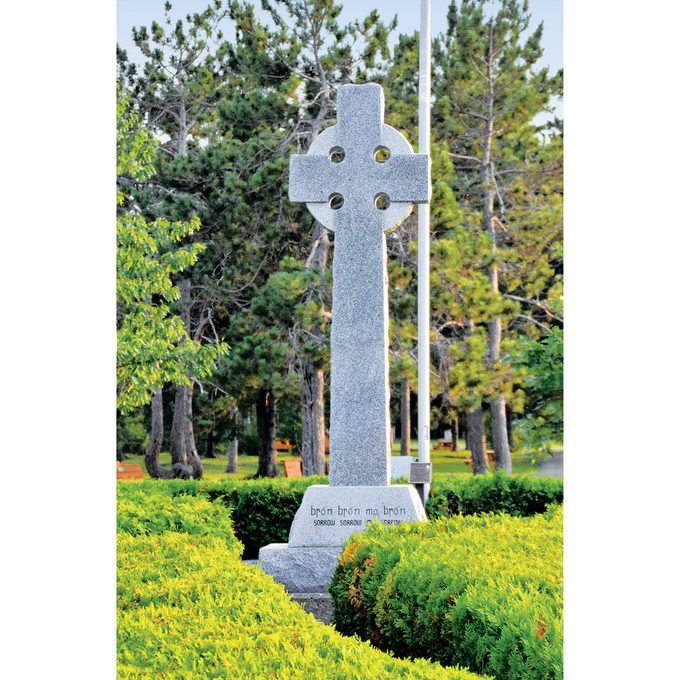
Visiting Middle Island Irish Historical Park
Today, the walking trails of Middle Island Irish Historical Park provide beautiful scenery and relaxation on every visit. Monuments dot the island in remembrance of the past, and etched in the stone are facts and stories from years gone by, bringing to the reader a slight inkling of what life was like during those tragic times.
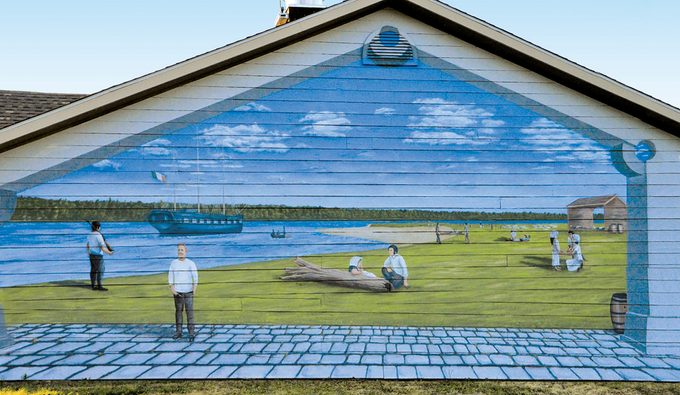
In the summer of 2019, a mural was completed on the building housing the park’s restaurant. Created by local artist Allie Howe, it depicts what the island may have looked like as the Looshtauk sailed into the Miramichi River all those years ago.
The park hosts a number of crowd-pleasing annual events during the summer, including Irish Festival Sunday—a celebration of all things Irish and great family fun. A must-see is traditional Irish dance, which is performed by a group called “The Nelson Doyle Dancers.” The troupe has been in existence for more than 25 years and is led voluntarily by a dedicated lady named Ellen Doyle. Over the years, Ellen has inspired hundreds of children and young adults, ranging in age from four to 20, to learn Irish dance and culture. The youthful participants also learned a bit about the Gaelic language, which made things quite interesting at times!
Regardless of the sad past, it is always a pleasure to sit quietly in Middle Island Irish Historical Park and look out over our majestic river, thoughts drifting to what life may have been like during those troubling times. Middle Island is now a place of peace and tranquility to be enjoyed by generations for years to come.
Check out more historical landmarks every Canadian needs to visit.

